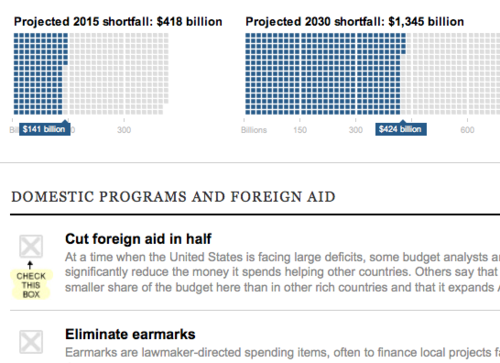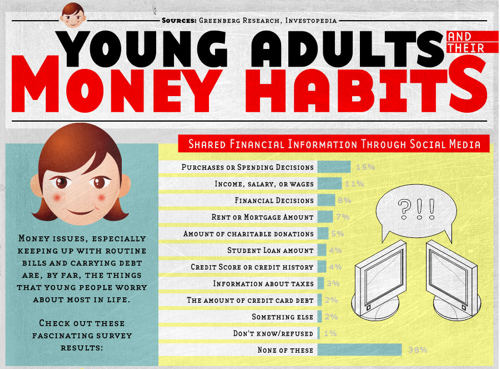Where did all the money go after the recession hit? Well, some of it appears to have gotten stuck at the top of the consumption chain...
- Moody’s Investor Service reported this week that U.S. companies are “hoarding” almost $1 trillion with no intention of expanding business or hiring new employees.
- The future of the economy is still unclear, so these companies are likely holding out on growth activities until they can be sure of success.
- During the economic crisis, many companies cut costs, downsized, and sold corporate bonds to raise the cash.
Facts & Figures
Current cash holdings, by sector:
- Technology – $207 billion
- Pharmaceuticals – $124 billion
- Energy – $105 billion
- Consumer Products – $101 billion
Best Quote
“We believe companies are looking for greater certainty about the economy and signs of a permanent increase in sales before they let go of their cash hoards, which they suffered so much to build.” – Moody’s Investor Service report

